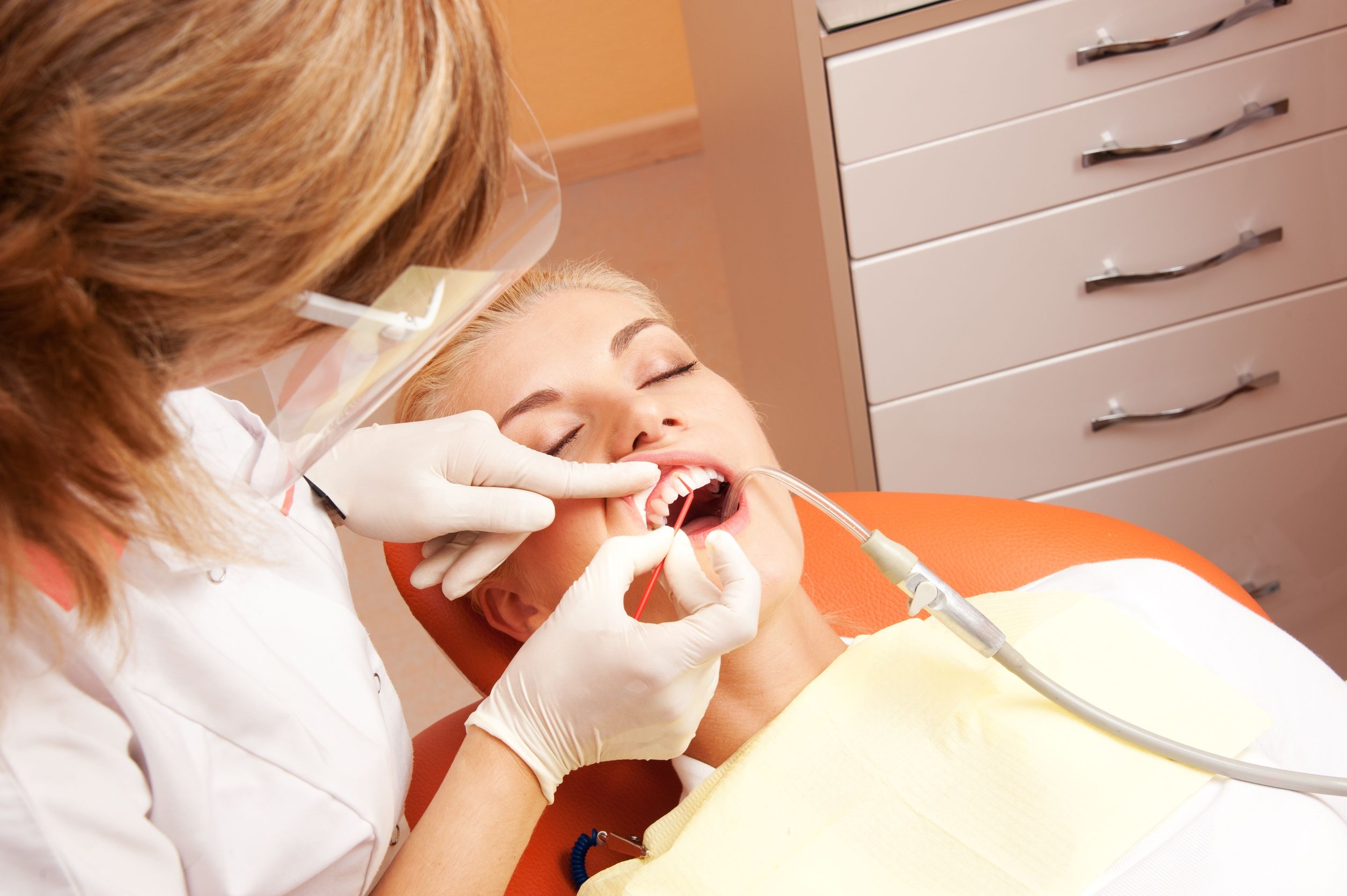Periimplantitis, as a result of poor dental care, should be at the forefront of each person’s mind before getting Teeth Implants in Eagan MN. After 10 years, approximately every third implant carrier suffers from so-called peri-implantitis. This disease is similar to periodontitis, an inflammation of the gums. In peri-implantitis, inflammation of the artificial tooth occurs, the gum is attacked and, if left untreated, it starts to be rejected. Consequently, the person will lose the implant.
How does peri-implantitis start? First and foremost, this tooth disease is caused by poor dental hygiene. However, other factors such as stress, smoking, certain medication use, and hormonal changes may trigger things. Symptoms predominantly consist of pressure, pain and reddish discoloration of the gums. Whenever a patient first notices these signs, they should consult they dentist directly to prevent implant loss.
If you have Teeth Implants in Eagan MN, it is all the more important to thoroughly clean your teeth as well as to schedule professional tooth cleanings every 6 months. In addition, regular check-ups at the dentist are important in order to recognize and treat peri-implantitis at an early stage. Do not fancy a long healing period? Speak with Dakota Dental & Implant Center to determine which option is best.
The healing time of an implant can vary with each patient. After the treatment, it normally takes between 6 and 8 weeks before the implant fully merges with the jaw bone and the dental prosthesis can be firmly attached. An immediate implant can be used much faster than conventional dental implants. The artificial tooth root is immediately implanted after the affected tooth has been pulled. This eliminates the normal healing time of conventional implants. In addition, people will benefit from an immediate implant because of lower costs.
In the case of tooth loss, the all-on-4 concept is a modern treatment principle. A total of 4 implants (2 in the upper and 2 in the lower jaw) are used, which are used to connect a full bridge or full prosthesis. This method ensures the stability of the prosthesis and can be used in almost every patient. In rare cases, a bone restructure is necessary before the treatment.


